Ronald James Padavona (July 10, 1942 – May 16, 2010), known professionally as Ronnie James Dio or simply Dio, was an American heavy metal singer-songwriter and composer, and was also known for popularizing the sign of the horns in heavy metal. He fronted or founded numerous groups throughout his career, including Elf, Rainbow, Black Sabbath, Dio, and Heaven & Hell.
Though his parents were from Cortland, New York, Dio was born in Portsmouth, New Hampshire, where his family resided for his father’s service in the U.S. Army during World War II; they soon returned to Cortland. Dio’s music career began there in 1957 as part of the Vegas Kings (later Ronnie and the Rumblers). In 1967, he formed the rock band Elf, which became a regular opening act for Deep Purple. In 1975, Deep Purple guitarist Ritchie Blackmore founded the band Rainbow and hired Dio to be his lead singer where the band released three studio albums. Dio quickly emerged as one of heavy rock’s pre-eminent vocalists. In 1979, Dio replaced Ozzy Osbourne as Black Sabbath’s lead singer and appeared on three studio albums with the band which met with success: Heaven & Hell (1980), Mob Rules (1981) and Dehumanizer (1992). In 1982, he left the band to form the band Dio, with two albums certified platinum by RIAA. In 2006, he founded the band Heaven & Hell with ex-bandmate Tony Iommi. Dio was diagnosed with stomach cancer in 2009, from which he died the following year.
Dio is regarded as one of the greatest and most influential heavy metal artists of all time.[5][6] He is known for popularizing the “Metal Horns” hand gesture in metal culture and his medieval-themed song lyrics.[7][8] According to a version provided by the singer himself,[9] the act derives directly from the classic Italian apotropaic gesture, which his grandmother usually did. Dio had a powerful, versatile vocal range and was capable of singing both hard rock and lighter ballads. He was awarded the “Metal Guru Award” by Classic Rock Magazine in 2006. He was also named the “Best Metal singer” at the Revolver Golden Gods Awards in 2010 and ranked as the genre’s best vocalist in 2013 by music journalist Sacha Jenkins.[10]
Early life[edit]
Ronald James “Dio” Padavona was born in Portsmouth, New Hampshire, to Italian-American parents from Cortland, New York. His family moved to Portsmouth from Cortland as part of his father’s service in the U.S. Army during World War II[11] and they resided there for only a short time before returning to Cortland. Padavona listened to a great deal of opera while growing up, and was influenced vocally by American tenor Mario Lanza.[12] His first formal musical training began at age 5, learning to play the trumpet.[12] Padavona participated in his high school’s band program and was one of the youngest members selected to play in the school’s official dance band.[citation needed] It was also during high school that Padavona formed his first rock-n-roll group, “The Vegas Kings”, which would later be named “Ronnie and the Rumblers” and then “Ronnie and the Red Caps”. Though Padavona began his rock-n-roll career on trumpet, he added singing to his skill set and also assumed bass guitar duties for the groups.[citation needed]
Padavona graduated from Cortland High School in 1960. He was allegedly offered a scholarship to the prestigious Juilliard School of Music but did not take up the offer due to his interest in rock music.[13] He instead attended the University at Buffalo to major in pharmacology.[14] There he played trumpet in the university’s concert band; however, he only attended the university from 1960 to 1961 and did not graduate.[11] Then he enrolled at Cortland State College but dropped out as well.[15] In a 2000 interview, he stated that he majored in history and minored in English.[16]
Despite being known for his powerful singing voice, Padavona claimed to have never received any vocal training.[17] He instead attributed his singing ability to the use of breathing techniques he learned while playing trumpet.[18]
Career[edit]
Early career[edit]
Dio’s musical career began in 1957, when several Cortland, New York musicians formed the band, “The Vegas Kings”. The group’s lineup consisted of Dio on bass guitar, Billy DeWolfe on lead vocals, Nick Pantas on guitar, Tom Rogers on drums, and Jack Musci on saxophone. The band changed its name to “Ronnie and the Rumblers”. In 1958, the band again changed their name to “Ronnie and the Redcaps”. Musci left the band in 1960, and a new guitarist, Dick Botoff, joined the lineup. The Redcaps released two singles: The first single was “Conquest”/”Lover” with the A-side being an instrumental reminiscent of The Ventures and the B-side featuring DeWolfe on lead vocals. The second single was “An Angel Is Missing”/”What’d I Say” featuring Dio on lead vocals for both tracks.
Explanations vary for how Padavona adopted the stage name “Dio”. One story is that Dio was a reference to mafia member Johnny Dio.[19] Another has it that Padavona’s grandmother said he had a gift from God and should be called “Dio” (“God” in Italian), although this was debunked by Padavona’s widow, Wendy, in a February 2017 interview. Padavona first used the name on a recording in 1960, when he added it to the band’s second release on Seneca. Soon after that the band modified their name to “Ronnie Dio and the Prophets”. The Prophets lineup lasted for several years, touring throughout the New York region and playing college fraternity parties. They produced one single for Atlantic Records[20] and one album. Some of the singles (such as “Mr. Misery”, released on Swan) were labeled as being by Ronnie Dio as a solo artist even if the rest of the Prophets contributed to the recording. The group released several singles during the following years until early 1967. Dio continued to use his birth name on any songwriting credits on those releases.
In late 1967, Ronnie Dio and the Prophets transformed into a new band called The Electric Elves and added a keyboard player. After recovering from a deadly car accident in February 1968, which killed guitarist Nick Pantas and put Dio and the other band members briefly in the hospital, the group shortened its name to The Elves and used that name until mid-1972, when it released its first proper album under the name Elf. Over the next few years, the group went on to become a regular opening act for Deep Purple. Elf recorded three albums until the members’ involvement recording the first Rainbow album in early 1975 resulted in Elf disbanding.
Rainbow[edit]
In the mid-1970s Dio’s vocals caught the ear of Deep Purple guitarist Ritchie Blackmore, who was planning on leaving them due to creative differences over the band’s new direction. Blackmore invited Dio along with Gary Driscoll to record two songs in Tampa, Florida on December 12, 1974. Blackmore stated in 1983, “I left Deep Purple because I’d met up with Ronnie Dio, and he was so easy to work with. He was originally just going to do one track of a solo LP, but we ended up doing the whole LP in three weeks, which I was very excited about.”[21] Being satisfied with the results, Blackmore decided to recruit more of Elf’s musicians and form his own band, initially known as Ritchie Blackmore’s Rainbow. They released the self-titled debut album Ritchie Blackmore’s Rainbow in early 1975. After that, Dio recorded two more studio albums (Rising and Long Live Rock ‘n’ Roll), the live album On Stage, and two archival live albums (Live in Munich 1977 and Live in Germany 1976) with Blackmore. During his tenure with Rainbow, Dio and Blackmore were the only constant members. Dio is credited on those albums for all lyrical authorship as well as collaboration with Blackmore on musical arrangement. Dio and Blackmore split, with Blackmore taking the band in a more commercial direction, with Graham Bonnet on vocals and the album Down to Earth.
Black Sabbath[edit]
Following his departure from Rainbow in 1979, Dio joined Black Sabbath, replacing the fired Ozzy Osbourne. Dio met Sabbath guitarist Tony Iommi by chance at The Rainbow on Sunset Strip in Los Angeles in 1979.[21] Both men were in similar situations, as Dio was seeking a new project and Iommi needed a vocalist. Dio said of the encounter, “It must have been fate, because we connected so instantly.”[21] The pair kept in touch until Dio arrived at Iommi’s Los Angeles house for a relaxed, getting-to-know-you jam session. On that first day the duo wrote the song, “Children of the Sea”, which appeared on the Heaven and Hell album, the first the band recorded with Dio as vocalist, released in 1980.
The follow-up album, Mob Rules, featured new drummer Vinny Appice. Personality conflicts began emerging within the band. “Ronnie came into the band and he was doing whatever we told him, basically because he wanted the gig. The next album was a little different,” Iommi recalled.[21] In 1982, conflict arose over the mixing of the Live Evil album. Iommi asserted that the album’s engineer began complaining to him that he would work all day long on a mix, only to have Dio return to the studio at night to “do his own mix” in which his vocals were more prominent.[21] This was denied by Dio.[22] The conflict led to Dio and Appice ultimately quitting the band later that year.
In 1992, Dio briefly returned to Black Sabbath to record the Dehumanizer album. The album was a minor hit, reaching the Top 40 in the United Kingdom and #44 on the Billboard 200. The single “Time Machine” was featured in the movie Wayne’s World, the tenth highest-grossing film of 1992. Soon Dio and Appice again left the band, citing an inability to work with Iommi and Butler.
Dio[edit]
Wanting to continue together as a band, Dio and Appice formed Dio, the band, in 1982. Vivian Campbell played guitar and Jimmy Bain was on bass; the latter of whom Dio had known since the old Rainbow days. Their debut album, Holy Diver, included the hit singles “Rainbow in the Dark” and “Holy Diver”, the album’s title track.
The band added keyboardist Claude Schnell and recorded two more full-length studio albums, The Last in Line and Sacred Heart. A notable live recording, A Special From The Spectrum, was filmed during the band’s second world tour and released in VHS format only. The band changed members over the years, eventually leaving Dio as the only original member in 1990. Except for a few breaks, Dio, the band, was always touring or recording. They released ten albums, with Master of the Moon being the last one, recorded in 2004.
Heaven & Hell[edit]
In October 2006, Dio joined Black Sabbath members Tony Iommi, Geezer Butler, and former Black Sabbath drummer Vinny Appice to tour under the moniker Heaven & Hell, the title of the first Dio era Black Sabbath album. They chose the name Heaven & Hell as Iommi and Butler were still in Black Sabbath with Osbourne and felt it was best to use a different moniker for the Dio version of the band. Original Black Sabbath drummer Bill Ward was to be involved in this project, but later withdrew.
In 2007, the band recorded three new songs under the Black Sabbath name for the compilation album Black Sabbath: The Dio Years.
In 2008, the band completed a 98-date world tour. The band released one album under the Heaven & Hell name, The Devil You Know, to critical and commercial acclaim. They also had planned to release a follow-up in 2010.
Other projects[edit]
In 1974, Dio sang on the Roger Glover conducted and produced concept album The Butterfly Ball and the Grasshopper’s Feast. Along with other guest-singers, the album featured Deep Purple alumni Glenn Hughes and David Coverdale. Dio provided vocals for the songs “Homeward”, “Sitting in a Dream”, and the UK single Love Is All.[23][24]
In 1980, Dio sang the tracks “To Live for the King” and “Mask of the Great Deceiver” on Kerry Livgren’s solo album, Seeds of Change.
In 1985, Dio contributed to the metal world’s answer to Band Aid and USA for Africa with the Hear ‘n Aid project. With a heavy metal all-star ensemble—the brainchild of his fellow Dio bandmates Campbell and Bain—he sang some of the vocals on the single “Stars” and an album full of songs from other artists given to charity. The project raised $1 million within a year.
In 1997, Dio made a cameo on Pat Boone’s In a Metal Mood: No More Mr. Nice Guy, an album of famous heavy metal songs played in big band style. Dio can be heard singing backup on Boone’s take of “Holy Diver”. In 1999, he was parodied in the TV show South Park, in the episode “Hooked on Monkey Fonics”, which he later described as “wonderful.”[25]
In 1999, Dio participated in a significant Deep Purple project, In Concert with The London Symphony Orchestra, where he recorded cover versions of Deep Purple songs, and reprised his songs from the earlier The Butterfly Ball and the Grasshopper’s Feast album.
Dio contributed vocals to a cover of “Welcome to my Nightmare” on the 1999 Alice Cooper tribute album Humanary Stew: a Tribute to Alice Cooper.
Tenacious D included a tribute song entitled “Dio” that appeared on their self-titled album. The song explains how he has to “pass the torch” for a new generation. Reportedly, Dio approved of it, and had Tenacious D appear in his video “Push” from Killing the Dragon in 2002. He also appeared in the film Tenacious D in The Pick of Destiny, playing himself and providing guest vocals in the movie’s opening musical number “Kickapoo.”[26]
In 2005, Dio was revealed to be the voice behind Dr. X in Operation: Mindcrime II, the sequel to Queensrÿche’s seminal concept album Operation: Mindcrime.[27] His part was shown in a prerecorded video on the subsequent tour, and Dio appeared onstage to sing the part live on at least one occasion (both shown on the Mindcrime at the Moore DVD).
On January 17, 2007, he was inducted into the Rock Walk of Fame at Guitar Center on Hollywood’s Sunset Boulevard.
In 2008 Dio recorded the Christmas standard “God Rest Ye Merry Gentleman” for the Heavy Metal Christmas album We Wish You a Metal Xmas and a Headbanging New Year Album.
Dio recorded the song “Metal Will Never Die” for the 2011 album Vengeance by The Rods shorty before his death. Dio’s cousin and former Elf Bandmate David Ferstein is The Rods’ guitar player.
Dio is thanked in the end credits of the 2011 film Atlas Shrugged: Part I, due to his being “one of the people who kept the project alive.”[28]
Personal life[edit]
Dio and his first wife, Loretta Berardi (born 1941), adopted a son, novelist Dan Padavona.[11]
After divorcing Berardi, in 1978 he married Wendy Gaxiola (born 1945) who also served as his manager. In the 1980s, she managed the Los Angeles rock bands Rough Cutt, NuHaven, Cold Sweat and Hellion. They divorced around 1985,[29] although Wendy remained his manager as well as his friend during all of Dio’s career.
Dio was notable for being of below average stature – 5 ft 4 in (1.63 m)[30] – which made it all the more ironic when, in September 2003, he accidentally severed his thumb during a gardening accident when a heavy garden gnome fell onto it.[31] Dio was concerned he would no longer be able to do his signature Metal Horns hand gesture, however, a doctor managed to re-attach it.[32]
Illness and death[edit]
In 2009, Dio was diagnosed with stomach cancer[33] and underwent treatment at the M.D. Anderson Cancer Center in Houston, Texas.
On May 4, 2010, Heaven & Hell announced they were canceling all summer dates as a result of Dio’s health condition.[34] His last live performance was with Heaven & Hell on August 29, 2009, in Atlantic City, New Jersey. Dio died of the illness on May 16, 2010.[35][36][37]
Two weeks after his death, a public memorial service was held at The Hall of Liberty, Forest Lawn Hollywood Hills, Los Angeles.[38] The hall was filled to capacity, with many more fans sitting outside the hall watching the memorial on multiple giant screens on both the east and south sides of the hall. Friends, family, and former and current bandmates of Dio gave speeches and performed including Rudy Sarzo, Geoff Tate, John Payne, Glenn Hughes, Joey Belladonna, and Heaven & Hell keyboard player, Scott Warren. On the screen was an accompanying documentary covering Dio’s career from his early days with Elf to his final project with Heaven & Hell.[39]
Legacy[edit]
Dio’s career spanned more than 50 years. During this period, and particularly in the 21st century, he received a number of distinctions and awards. He was inducted into the Cortland City Hall of Fame in 2004, and has a street named after him there called Dio Way. Classic Rock Magazine awarded Dio with the “Metal Guru Award” at their yearly “Roll of Honour” awards ceremony in 2006. On January 17, 2007, Dio was inducted into Guitar Center’s Rock Walk of Fame in Hollywood. Dio was named “Best Metal Singer” at the Revolver Golden Gods Awards in April 2010 for his work on The Devil You Know, making him the oldest recipient of this award at age 67. He accepted the award in person at what was to be his final public appearance, just one month before his death.[40]
The main stage of Bloodstock Open Air is also named after him in tribute after Heaven & Hell pulled out upon his death. Also, the main stage on Masters of Rock festival carries his name since summer 2010. A Dio monument has been unveiled in Kavarna, Bulgaria.[41][42] In Mexico the biggest metal fest was named “Hell and Heaven” in honor of Dio; the organization says that the festival was named that way since they had worked with Dio, referring to him as “the greatest singer and person we ever had worked with, a really humble person.”
Rolling Stone magazine eulogized Dio with these words: “It wasn’t just his mighty pipes that made him Ronnie James Dio — it was his moral fervor…what always stood out was Dio’s raging compassion for the lost rock & roll children in his audience. Dio never pretended to be one of the kids — he sang as an adult assuring us that we weren’t alone in our suffering, and some day we might even be proud of conquering it.”[43]
On July 10, 2011, in parallel to Dio’s birthday, his hometown of Cortland, New York held a day-long event featuring many central New York local bands and talent for a benefit to the Stand Up and Shout Cancer foundation for cancer research and Dio Memorial concert. Part of the proceeds from the event went to fund a memorial music scholarship for the local city high-school in his name.[44]
On March 31, 2014, the tribute album Ronnie James Dio This Is Your Life was released. It was organized and produced by Wendy Gaxiola, with album proceeds benefitting the Ronnie James Dio Stand Up and Shout Cancer Fund.[45]
On August 6, 2016, a hologram of the singer, created by Eyellusion, made its live debut at the Wacken Open Air Festival.[46] A second hologram was created for a subsequent world tour, which began on December 6, 2017 in Bochum, Germany and is expected to continue into 2018.[47]
On January 18, 2017, Dio was inducted into the Hall of Heavy Metal History.[48]
Discography[edit]
References[edit]
- New York State Department of Health; Albany, NY, USA; New York State Marriage Index
- 1959-77 Connecticut Marriage File. Hartford, Connecticut: Connecticut Department of Public Health.
- Rivadavia, Eduardo. “Revisiting Dio’s Debut Album as Band Leader, ‘Holy Diver‘“. Ultimate Classic Rock.
- “Ronnie James Dio”. www.nytimes.com. Retrieved February 12, 2019.
- Epstein, Dan (2017-06-21). “The 100 Greatest Metal Albums of All Time”. rollingstone.com. Rolling Stone Magazine. Retrieved 2019-07-02.
After establishing himself as a top-tier hard-rock vocalist via his late-Seventies/early-Eighties stints in Rainbow and Black Sabbath, Ronnie James Dio truly ascended into the metal pantheon with his 1983 solo debut.” “…Holy Diver would achieve platinum status by the end of the Eighties, and serve as an influential touchstone for everyone from Killswitch Engage to Tenacious D.
- “The 10 Best Heavy Metal Frontmen”. nme.com. NME. May 18, 2011. Retrieved July 2,2019.
ranked #1
- Appleford, Steve (September 9, 2004). “Odyssey of the Devil Horns”. Los Angeles City Beat. Archived from the original on November 22, 2007.
- “The Devil’s Horns: A Rock And Roll Symbol”. Ultimate-Guitar.com. September 7, 2005.
- “Metal-Rules.com Zine – Ronnie James Dio”. 2017-05-10. Archived from the originalon 2017-05-10. Retrieved 2019-07-09
- Erik Piepenburg (March 29, 2013) [Who Are the Best Voices in the History of Metal?] New York Times Blog, accessed 11 July 2019
- Jump up to:a b c Sweeting, Adam (May 17, 2010). “Ronnie James Dio obituary”. The Guardian. London.
- Jump up to:a b “Talk Today – Ronnie James Dio”. USA Today. June 17, 2002. Retrieved June 26,2013.
- “fortunecity.com”. Rivendell.fortunecity.com. Archived from the original on December 2, 2010. Retrieved November 13, 2010.
- “Ronnie James Dio interview”. Ronniejamesdiosite.com. Retrieved 2010-11-13.
- McCleary, Michael (June 30, 2019). “Dio legacy lives on through annual celebration”. Cortland Standard. Retrieved May 23, 2020.
- Welch, Michael Patrick (March 26, 2014). “Raw Q&A with Ronnie James Dio (St. Petersburg Times. 2000)”. michaelpatrickwelch.org. Retrieved May 23, 2020.
- Van Pelt, Doug (May–June 1997). “What Dio Sez”. HM Magazine (65). ISSN 1066-6923. Archived from the original on December 12, 2000. Retrieved 2007-04-30.
- “Archived copy”. Archived from the original on May 17, 2017. Retrieved May 15,2017.
- Wilson, Dave. Rock Formations: Categorical Answers to How Band Names Were Formed.San Jose, Calif.: Cidermill Books, 2004. ISBN 0-9748483-5-2
- “Tapio’s Ronnie James Dio Pages: Ronnie Dio & The Prophets 7″ Discography”. Dio.net. Retrieved February 6, 2013.
- Jump up to:a b c d e Hotten, Jon. “The Dio Years” (PDF). Archived from the original (PDF) on January 24, 2009. Retrieved June 13, 2013.
- Welch, Chris (June 1983). “London Calling”. Record. 2 (8): 4.
- ““The Butterfly Ball and the Grasshopper’s Feast”: Remembering Dio’s psychedelic children’s song “Love is All““. Retrieved April 4, 2019.
- “Harold Whitaker”. lambiek.net. Retrieved June 12, 2019.
- “Ronnie James Dio on Reality Check TV (2002)”. YouTube. June 25, 2009. Retrieved 2014-05-18.
- “Jack Black Remembers Ronnie James Dio: ‘He Kicked Major Ass‘“. Rolling Stone.
- “Ronnie James Dio To Play ‘Dr. X’ On Queensrÿche’s ‘Operation: Mindcrime II‘“. Blabbermouth.
- Weigel, David (March 3, 2011) Libertarians Shrugged, Slate.com
- “Vivian Campbell: Wendy Dio’s Destroying Ronnie’s Legacy With Dio Disciples”. Welcome To All That Shreds Magazine!. November 11, 2016. Retrieved December 3, 2019.
- “18 Things You Probably Didn’t Know About Ronnie James Dio”. Kerrang.com. November 25, 2009. Retrieved January 17, 2020.
- “RONNIE JAMES DIO Talks About Being Attacked By Killer Garden Gnome”. Blabbermouth.net. September 10, 2004. Retrieved January 17, 2020.
- “Ronnie James Dio Loses Thumb”. KNAC.COM. September 29, 2003. Retrieved January 17, 2020.
- “Ronnie James Dio Diagnosed With Stomach Cancer”. Blabbermouth.net. November 25, 2009. Archived from the original on November 28, 2009. Retrieved November 26,2009.
- “HEAVEN & HELL: All Summer Shows Canceled”. Roadrunnerrecords.com. Archived from the original on July 22, 2010. Retrieved 2010-11-13.
- “CNN.com: Metal rocker Ronnie James Dio has died, wife says”. News.blogs.cnn.com. May 16, 2010. Retrieved November 13, 2010.
- “Legendary Heavy Metal Vocalist RONNIE JAMES DIO Dies”. Roadrunnerrecords.com. Archived from the original on August 12, 2010. Retrieved November 13, 2010.
- “Officially communicated of Dio’s death”. Ronniejamesdio.com. Archived from the original on May 13, 2010. etrieved November 13, 2010.
- The Associated Press (May 31, 2010). “Ronnie James Dio remembered in L.A”. Cbc.ca. Retrieved November 13, 2010.
- Metal’s Elite Attend Ronnie James Dio Memorial”. Spin.
- “The Second Annual Revolver Golden Gods Winners Are Revealed! – Revolver Golden Gods Awards”. Revolvermag.com. April 9, 2010. Archived from the original on September 1, 2010. Retrieved November 13, 2010.
- “Паметник на Рони Джеймс Дио откриха в Каварна”. Vesti.bg. October 13, 2010. Archived from the original on November 18, 2010. Retrieved November 13, 2010.
- Blabbermouth (September 26, 2010). “RONNIE JAMES DIO Statue To Be Erected In Kavarna”. BLABBERMOUTH.NET. Retrieved April 9, 2019.
- “Archived copy”. Archived from the original on January 26, 2012. Retrieved September 11, 2017.
- Dick Bottoff (July 10, 2011). “DIO Tribute Web Site”. Standupandshoutcortland.org. Retrieved 2011-08-21.
- “Metal Hammer | Louder”. Metal Hammer Magazine. Archived from the original on March 29, 2014.
- Grow, Kory; Grow, Kory (2016-08-07). “Ronnie James Dio Hologram Debuts at German Metal Festival”. Rolling Stone. Retrieved 2019-04-09.
- Blabbermouth (2017-12-06). “RONNIE JAMES DIO Hologram: ‘Dio Returns: The World Tour’ Kicks Off In Bochum, Germany (Video)”. BLABBERMOUTH.NET. Retrieved April 9,2019.
- Legaspi, Althea; Legaspi, Althea (December 22, 2016). “Scorpions Among Nominees for Hall of Heavy Metal History”. Rolling Stone. Retrieved 2019-12-03.
- Source: en.wikipedia.org












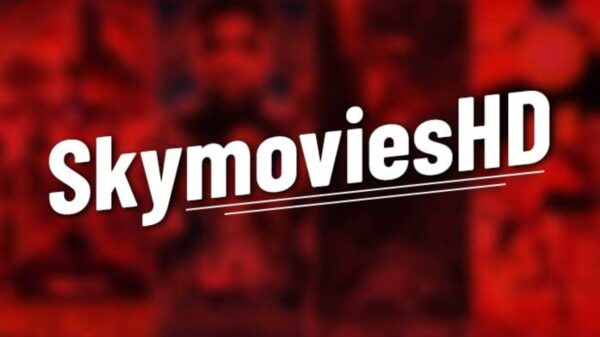
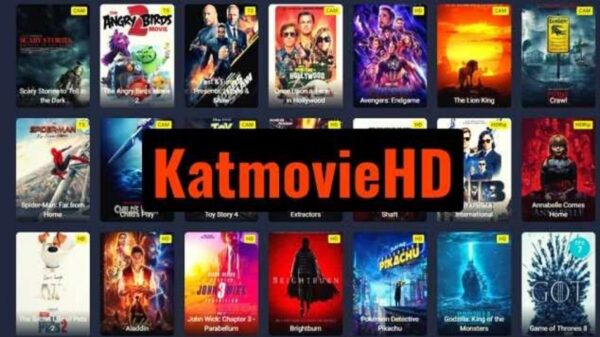
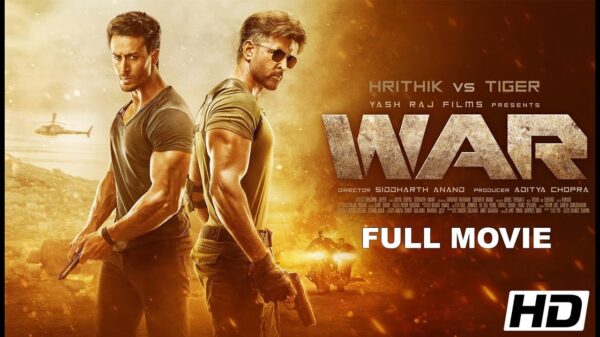


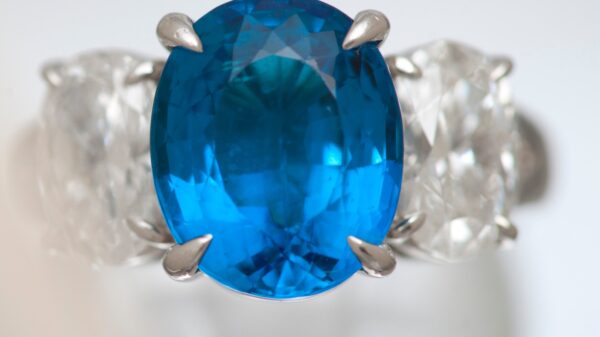




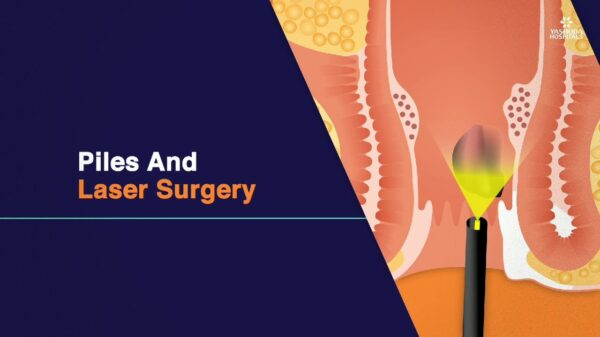
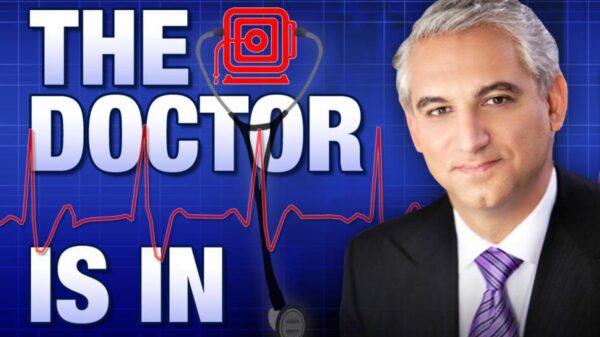




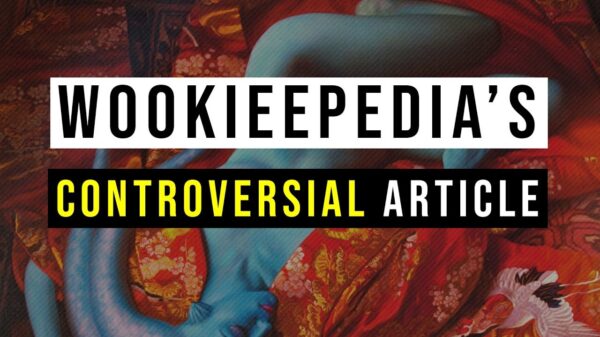
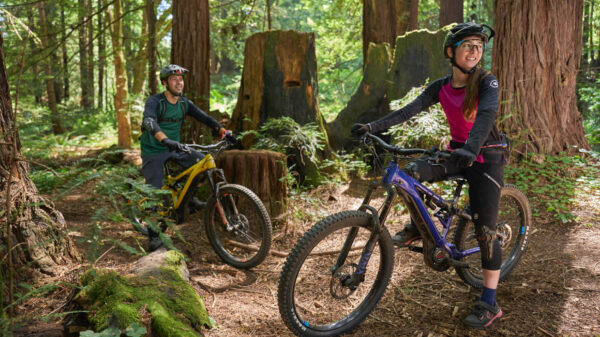


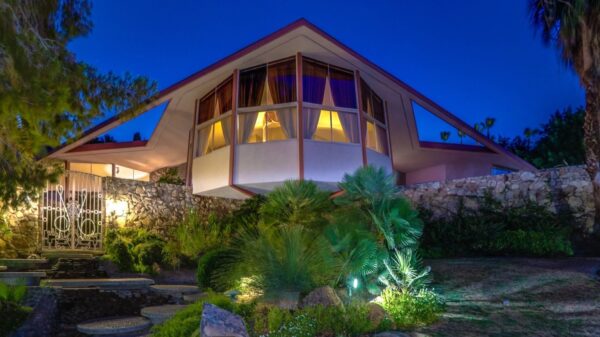

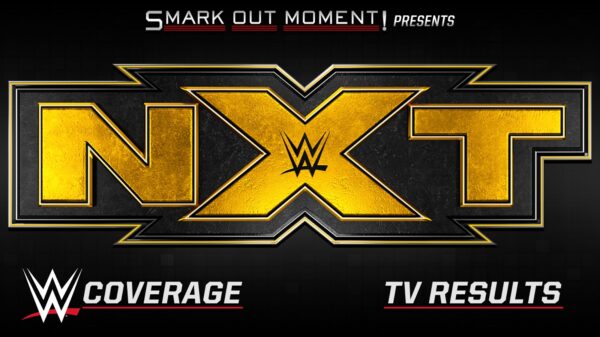

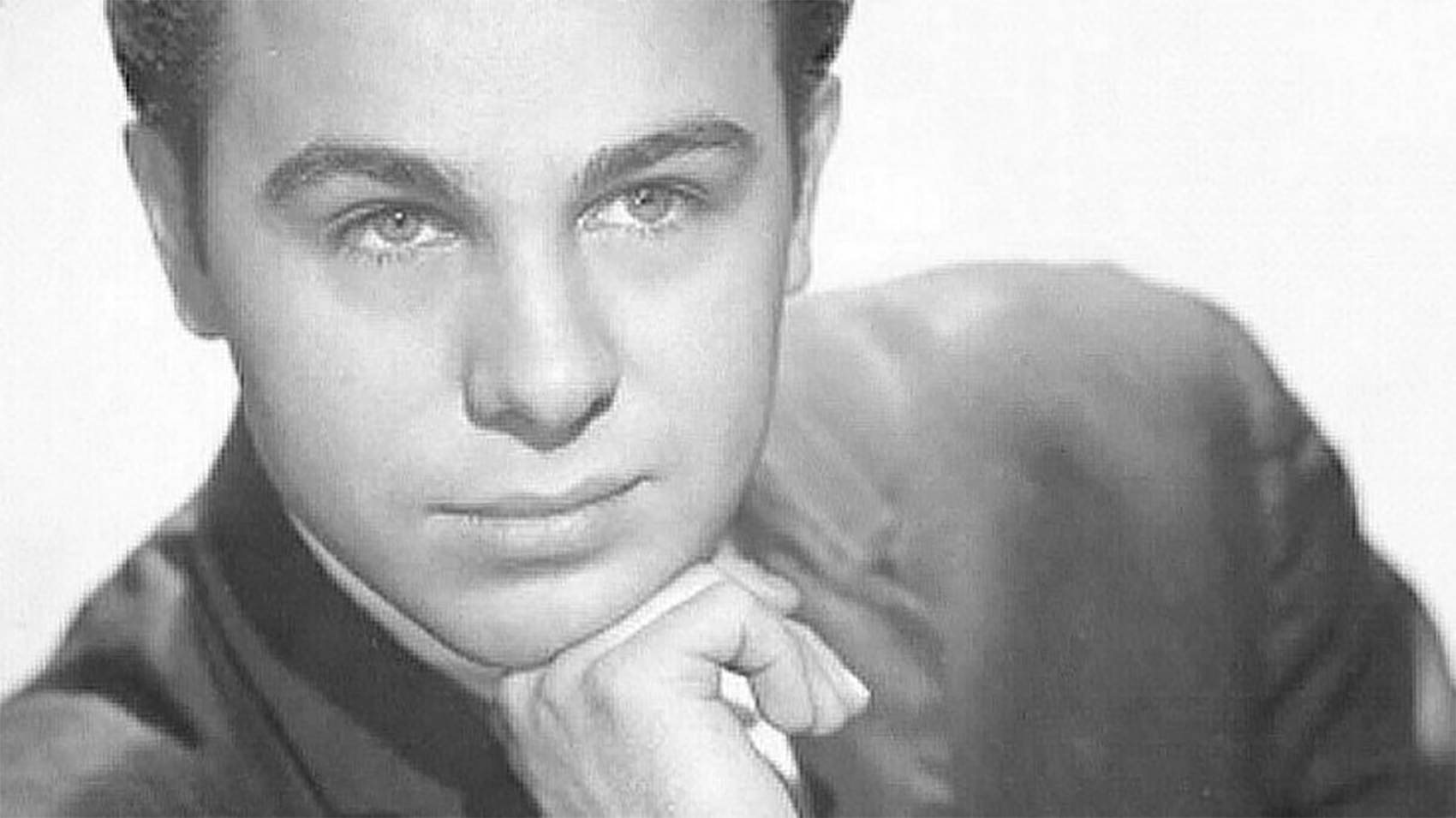





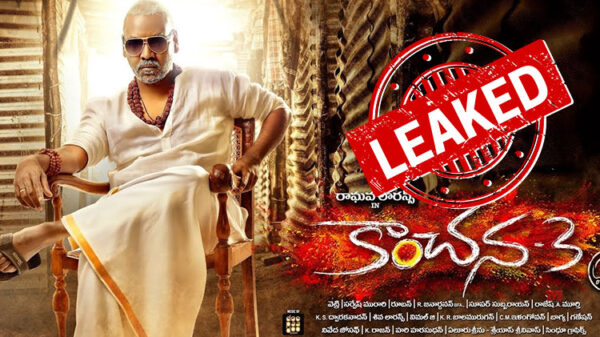
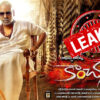
You must be logged in to post a comment Login